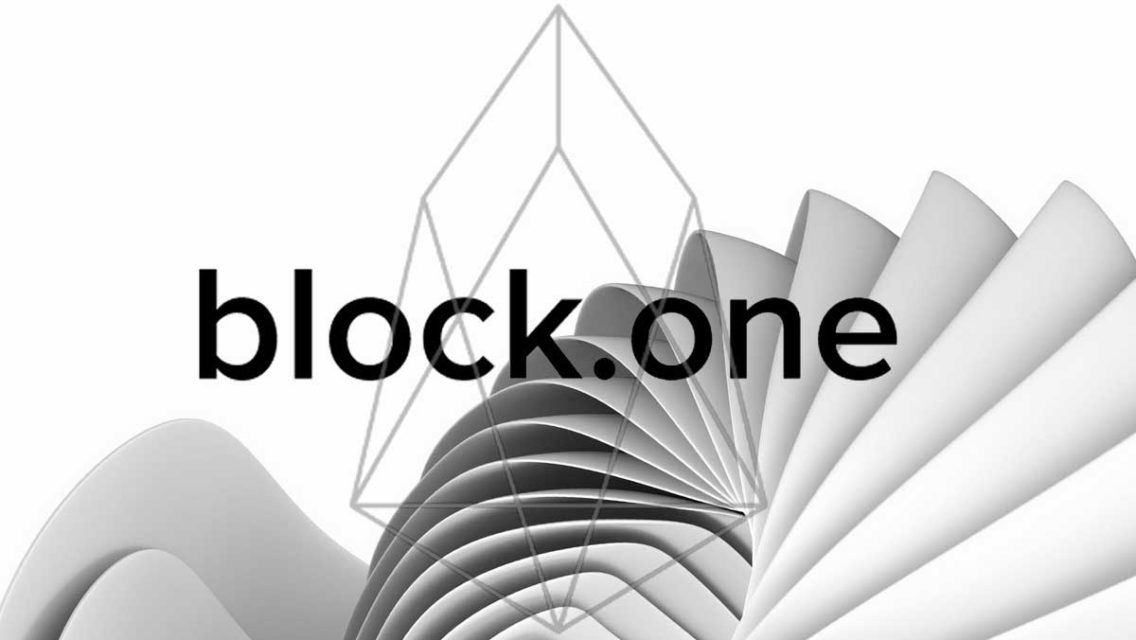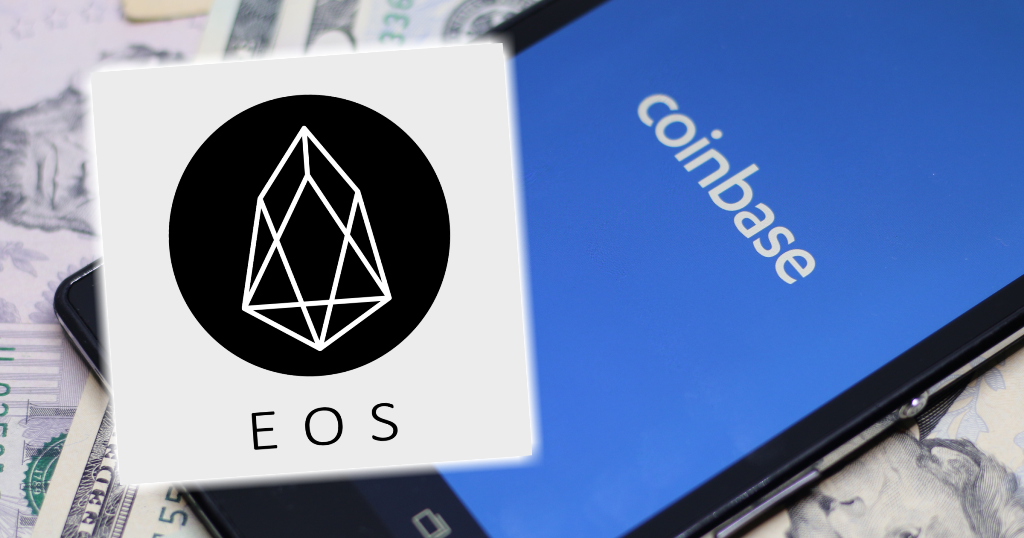In this article, we tried to answer questions such as what is EOS coin, what is crypto currency EOS, how to buy EOS coin. Here are the details about the EOS coin review and future…
Often referred to as the “Ethereum Killer”, EOS is a smart contract platform that runs commercial-scale DApps (decentralized applications).
EOS is the cryptocurrency that powers the EOS network. One billion EOS tokens were minted in a one-year ICO before the EOS mainnet went public in June 2017. Backers have raised more than $4 billion, making it the most successful ICO campaign ever.
How much is EOS Coin?
According to current crypto money market data, 1 EOS Coin is traded at 25.46 TL TL. EOS Coin price has fluctuated between -1.62% in the last 24 hours. The trading volume of EOS Coin in the last 24 hours is 652,206,220 $ and its total market cap is . ) 1,683,362,570 $ dollars.
How much is EOS Coin?
According to current crypto money market data, 1 EOS Coin 1.70 $ is traded at $.
What is EOS Coin?
EOS is a high-performance blockchain infrastructure that provides a fast, cost-effective and secure environment for commercial-scale DApps. The EOS blockchain is a competitor to Ethereum built for both public and specific use cases.
EOS ecosystem has three main components:
- EOS.IO: The underlying software, mostly running and managing the EOS blockchain network like an operating system. It provides a toolkit for developers to simplify DApp development.
- EOS Blockchain: The main EOS blockchain managed by the Delegated Proof-of-Stake (DPoS) consensus algorithm that hosts and runs DApps.
- EOS Tokens : The EOS blockchain has EOS tokens, a core currency that is responsible for on-chain betting, governance and other economic activities on the network.
The EOS architecture enables fast and inexpensive transactions with the ability to host and run smart contracts in a robust execution environment. EOS has a half-second block time, which is ultra-fast compared to some other blockchain platforms where average block times range from 2-10 minutes.
EOS introduced the EOS VM WASM (web assembly) engine as part of the EOSIO 1.0 release, which boosts processing speeds by 12x. It also stores the state of the network in multiple index tables, which makes it much more responsive than other blockchains where users face frustrating delays when performing daily activities on DApps.
The EOS blockchain is not only robust, it is designed to be extremely flexible. Unlike some other blockchain platforms, developers can easily upgrade their smart contracts deployed by EOS and add extensions to enhance their scope and functionality. Network behavior on the EOS platform is defined by highly configurable system contracts, making it easy to perform system upgrades without changing the underlying consensus.
Smart contracts on the EOS blockchain are written in industry standard C++ with a wide range of software development tools (SDKs) and a large variety of development tools provided by the EOSIO library. These tools and SDKs make it easy for developers to seamlessly build and launch their DApps on the EOS blockchain.

How Does EOS Work?
The EOS blockchain brings a paradigm shift in the field of programmable blockchain with its unique approach to solving one of the most fundamental problems in the crypto ecosystem: scalability.
Uses a customized variant of a Proof-of-Stake consensus algorithm called Delegated Proof-of-Stake (DPoS) to help achieve the required scalability. The DPoS consensus algorithm was an invention of Dan Larimer, CTO of the EOS project and founder of Bitshares (an early crypto exchange) and Steem (a crypto-based publishing platform). DPoS was tested on Bitshares and Steem before it became part of the EOS blockchain.
Before we get into the mechanism of the DPoS consensus algorithm, we need to understand the concept of ‘Block Generators’. In any PoS-based network, there are stakeholders (or validators) who are responsible for block generation and overall network security.
The EOS blockchain has block producers who are the custodians of the network and are selected by the community voting process. The first 21 block producers selected are called Delegates. They verify all transactions in the network, create blocks, execute different transactions for smart contracts and ensure the security of the network.
Block producers allocate EOS tokens across the network to ensure the security and smooth functioning of the ecosystem. If they act maliciously, they lose their stake and an alternative block producer takes over. Community voting also selects alternative block producers, and a total of 84 alternative block producers are selected to be in standby mode. If delegates cannot manage processes due to a machine failure, alternative block producers take their place.
Block producers use an algorithm known as Asynchronous Byzantine Fault Tolerance (ABFT). It acts as a secondary structure for the EOS consensus algorithm for block generation to achieve certainty and a single source of truth. The block producers in DPoS and the second layer of the ABFT consensus mechanism allow for much faster block confirmation times and throughput.
EOS mainnet hits an all-time high throughput with 4,000 TPS (transactions per second) to date. However, the network can handle up to 10,000 TPS with EOSIO 1.0, and with further updates to the development roadmap, throughput and system efficiency will increase.
Another exciting and innovative aspect of the EOS blockchain is sentient transactions. Unlike other smart contract platforms like Ethereum, there are no fees when using a DApp or interacting with a smart contract. These no-cost transactions are possible due to the prepaid network resources that developers pay when implementing a smart contract on the EOS blockchain.
In the traditional Web 2.0 world, developers pay for the resources their applications require, such as servers, network bandwidth, and domain to deploy and run their applications. Users can access these applications for free using their browsers.
The same model is implemented here on the EOS blockchain, where developers stake EOS tokens to provide an equivalent amount of resources for their DApps. There are three resources available to developers in EOS:
- CPU : The amount of CPU time required to process processes.
- NET : Network bandwidth required for operations (data transfer).
- RAM : Used by smart contracts to store data on the blockchain.
Depending on the size of the share, developers can secure an equivalent amount of resources from the EOS network to host and run their DApps. Users can use the DApp without paying any transaction fees. The EOS protocol replaces transaction fees with inflation, as developers can get their tokens back from the network.
Ethereum Killer?
EOS blockchain is known to be the ultimate “Ethereum Killer” but is this true?
Currently, Ethereum dApp development and end-user experience has a number of different issues, mainly due to the limitations of the underlying platform. These limitations include the lack of scalability and the high transaction costs associated with day-to-day activities such as user engagement with the appropriate toolset. While it is hoped that Ethereum 2.0 will fix these issues, it is not yet clear whether the network upgrade will do so.
Looking at the numbers, the Ethereum network transaction fee has skyrocketed in recent years, affecting DApps on the network. People using DApps from the Ethereum ecosystem often complain about high transaction costs on the network.
Ethereum uses a Proof of Work (PoW) consensus algorithm that is secure but also highly inefficient.
Now let’s compare Ethereum to the EOS blockchain, which has a very efficient and robust DPoS consensus algorithm for an enterprise-grade smart contract platform. 21 representative block producers verify all transactions and secure the network. Unlike Ethereum, the EOS blockchain has a sub-second block time and can process up to 10,000 transactions per second.
The EOS blockchain has the scale required for an ideal smart contract platform. Another important distinction between the EOS blockchain and Ethereum is the design approach that the EOS team has taken to enhance the end user experience of DApps. Unlike Ethereum, end users do not need to pay any transaction fees (free model). These fees have already been paid with the stake the developers have committed to acquire EOS network resources.
Thanks to this numb design approach, we can already see the results. Ethereum has 2,782 DApps while EOS has only 328 DApps. But if you look at the daily transaction volume, Ethereum DApps handled s190.33K transactions in 24 hours while EOS DApps handled 538.44K transactions in the same period.
This significantly higher volume bodes well for EOS. The EOS blockchain also has a developer-focused approach, with EOSIO and various SDKs and libraries to get started. More developers means more DApps and more users using the EOS blockchain platform.
 EOS
EOS History of EOS
EOS blockchain, company registered in the Cayman Islands Developed by Block.one. The whitepaper of the project was published in May 2017. Block.one has distributed 1 billion EOS tokens in a unique year-long ICO campaign that started in June 2017, right after the original report was published.
The ICO campaign was wildly successful, with the company raising over $4 billion from ICO backers. EOS tokens were released as ERC-20 tokens as the EOS mainnet was not live at the time. EOS mainnet Dawn 1.0 was released in June 2018 and is currently running under version 2.0.
Daniel Larimer served as Block.one’s CTO and resigned on January 10, 2021. Larimer was the founder of Bitshares and Steem. It also developed the DPoS algorithm for the EOS blockchain, which is already part of Bitshares and Steem, and has been further refined for the EOS blockchain.
Existing EOS Projects
The EOS ecosystem is slowly taking off. In the current DeFi boom, we are seeing many Defi projects deployed on EOS instead of Ethereum.
- WhaleEx : WhaleEx is the largest decentralized exchange built on the EOS blockchain. WhaleEx has zero trading fees and instant withdrawals, with features like asset security and cross-chain technology currently supporting Bitcoin and Ethereum.
- Vigor : Vigor protocol is a DeFi project running on the EOS blockchain. It focuses on decentralized and fully automated lending, borrowing and savings. The platform has a stablecoin called VIGOR, which tracks US dollars, and a VIG utility token for rewards and platform fees.
- Equilibrium : Equilibrium is the first decentralized and interoperable money market with access to cross-chain liquidity. It combines pool-based lending with synthetic asset production and trading. Equilibrium comes with a stablecoin called EOSDT that can be used to increase liquidity against your staked assets.
- BetHash : BetHash is a decentralized crypto casino built on the EOS blockchain where you can bet against the following hash value of a block to win prizes and bonuses. You can also play different types of lottery and betting games on the platform.
- Alcor Exchange : Alcor Exchange is an all-in-one decentralized exchange that offers AMM swap and spot trading, allowing you to earn by providing liquidity. It is the first DEX on EOS with self-listing and zero fees.
EOS Coin Review and Future 2022
The potential of smart contract platforms such as Ethereum has been pinpointed and their goal is to address challenges that current projects have not been able to meet so far. The EOSIO blockchain project essentially offers the same functionality as its biggest competitor, Ethereum. EOSIO provides data hosting, secure access and authentication methods, user management, authorization management, and a development environment for DApps. Many expert forecasts suggest that the future price of EOS could rise above $8 in the near term.
EOS had a successful launch, but it’s had a bumpy ride over the years. One reason is the lack of corporate interest in building decentralized applications and the lack of a solid developer community. As such, there have been Proof-of-Work (PoW)-based blockchains, underlying computing platforms and operating systems that are not well suited to building large-scale DApps like Ethereum.
However, networks like Ethereum currently maintain a low TPS rate and may not be able to handle enough transactions in the future, especially given the growing number of users in the crypto industry. Ethereum’s 2.0 upgrade is on the way, but in the race to become the most preferred blockchain platform, nothing is yet completed.
EOSIO is expected to handle millions of transactions per second at a low cost. The essence of EOSIO lies in its unlimited scalability. Also, the EOS network is based on DPoS, making transactions on the network free, fast and secure. Overall, it’s a network you should definitely keep an eye on.







